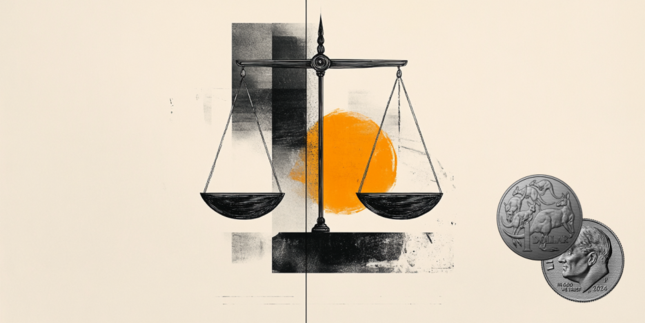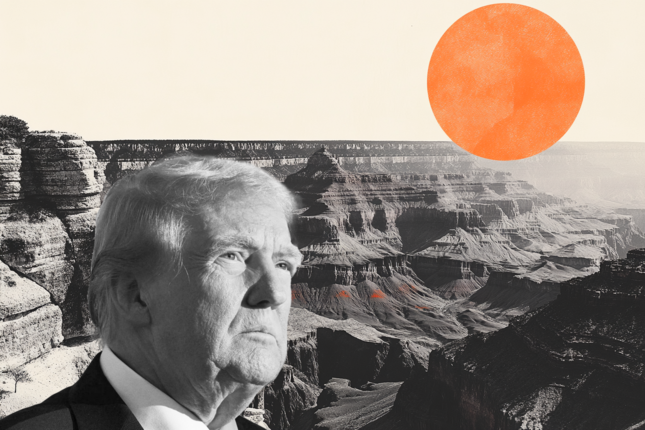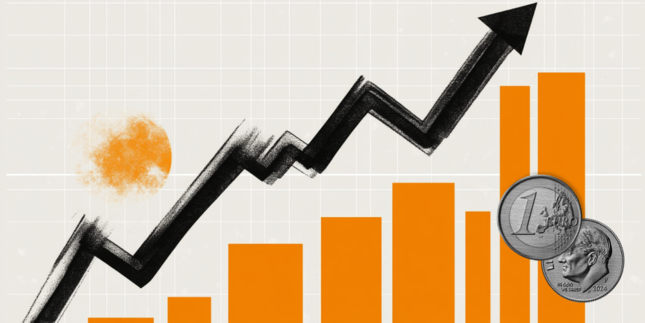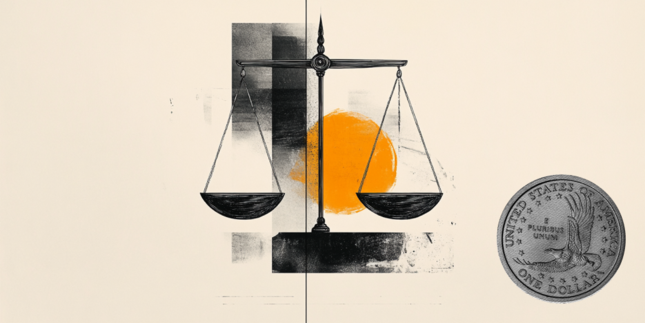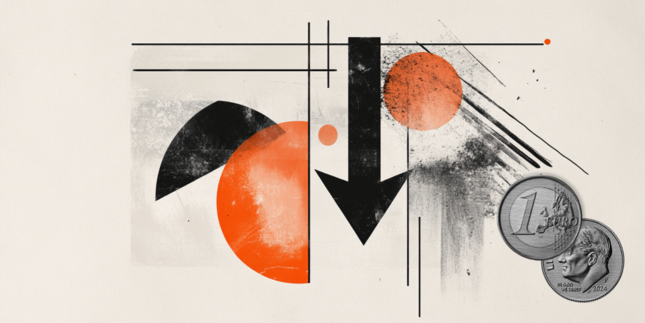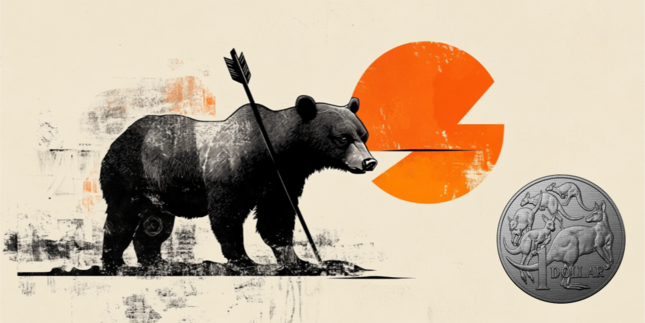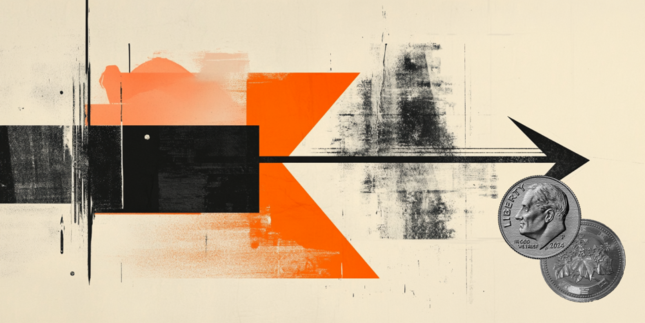US Dollar gets some air ahead of GDP and PCE data
- US Dollar Index stabilizes around 106.40, hovering near its lowest levels of 2025.
- Traders anticipate rate cuts, with Fed bets now pricing in two reductions for 2025.
- US President Trump confirms 25% tariffs on Canada, Mexico, and the EU but delays implementation until April.
- Markets await the Personal Consumption Expenditures (PCE) data, the Fed's preferred inflation gauge, on Friday.
The US Dollar Index (DXY), which tracks the performance of the US Dollar against a basket of six major currencies, is attempting a modest recovery on Wednesday but remains near yearly lows at 106.50. Traders continue to weigh increased Federal Reserve (Fed) rate cut expectations and the latest tariff developments from US President Donald Trump.
Daily digest market movers: US Dollar steadies as tariff tensions rise
- The US Dollar stabilizes around 106.40 as traders digest escalating tariff risks and growing Fed rate cut expectations.
- On the tariff front, President Trump confirms 25% tariffs on Canada, Mexico, and the EU but delays their implementation until April.
- On the Fed front, markets now expect two rate cuts in 2025, marking a shift from previous Fed guidance.
- Traders await Friday's Personal Consumption Expenditures (PCE) data, the Fed's preferred inflation gauge.
- Personal income and spending reports due this week could further shape market expectations.
- US Q4 GDP figures will provide insights into the economy’s momentum heading into 2025.
DXY technical outlook: Bulls struggle to gain control
The US Dollar Index is attempting to recover above 106.50, but momentum remains fragile. The 100-day Simple Moving Average (SMA) at 106.60 is proving a key resistance level, with technical indicators still favoring bearish conditions.
The Relative Strength Index (RSI) and Moving Average Convergence Divergence (MACD) both signal persistent downside pressure. If the DXY fails to reclaim 106.60, further declines toward 106.00 could materialize. Bulls need stronger catalysts to regain control, with the 107.00 level serving as the next key upside barrier.
Inflation FAQs
Inflation measures the rise in the price of a representative basket of goods and services. Headline inflation is usually expressed as a percentage change on a month-on-month (MoM) and year-on-year (YoY) basis. Core inflation excludes more volatile elements such as food and fuel which can fluctuate because of geopolitical and seasonal factors. Core inflation is the figure economists focus on and is the level targeted by central banks, which are mandated to keep inflation at a manageable level, usually around 2%.
The Consumer Price Index (CPI) measures the change in prices of a basket of goods and services over a period of time. It is usually expressed as a percentage change on a month-on-month (MoM) and year-on-year (YoY) basis. Core CPI is the figure targeted by central banks as it excludes volatile food and fuel inputs. When Core CPI rises above 2% it usually results in higher interest rates and vice versa when it falls below 2%. Since higher interest rates are positive for a currency, higher inflation usually results in a stronger currency. The opposite is true when inflation falls.
Although it may seem counter-intuitive, high inflation in a country pushes up the value of its currency and vice versa for lower inflation. This is because the central bank will normally raise interest rates to combat the higher inflation, which attract more global capital inflows from investors looking for a lucrative place to park their money.
Formerly, Gold was the asset investors turned to in times of high inflation because it preserved its value, and whilst investors will often still buy Gold for its safe-haven properties in times of extreme market turmoil, this is not the case most of the time. This is because when inflation is high, central banks will put up interest rates to combat it. Higher interest rates are negative for Gold because they increase the opportunity-cost of holding Gold vis-a-vis an interest-bearing asset or placing the money in a cash deposit account. On the flipside, lower inflation tends to be positive for Gold as it brings interest rates down, making the bright metal a more viable investment alternative.
Forex News
Keep up with the financial markets, know what's happening and what is affecting the markets with our latest market updates. Analyze market movers, trends and build your trading strategies accordingly.




